We are about to embark on more than 1,500 words of sustainability, eco-awareness and good intentions, so we’ll keep this introduction relatively short. Welcome to the complete history of the European Green Capital Award! The title does an excellent job explaining what it is, namely a designation awarded to a different European city every year to recognise its environmental record.
The three main criteria are achieving high environmental standards, a commitment to ongoing improvement and role model potential. Conceived in 2006 and established in 2010, it is open to cities of more than 100,000 people across Europe. If your city isn’t so massive, fear not; the European Green Leaf is a little sibling of sorts, for cities of between 20,000 and 100,000 folks.
Will we write a history of that award in the future? Almost certainly, but this intro is already too long. Without further ado, let’s celebrate all things green.
2010 – Stockholm, Sweden

Stockholm was the inaugural recipient of the European Green Capital crown, further proving that Sweden is the best place. Shame about all that winter, but what can you do? In many ways, Stockholm was the poster child for the initiative, receiving the award in large part due to its success in cutting carbon dioxide emissions. Since 1990, that number was down 25% per inhabitant, which sounds pretty darn good.
The Swedish capital was also ahead of the game when integrating environmental aspects into its administrative system, although that sounds far too academic for this celebratory piece. Stockholm is an archipelago city surrounded by water and packed with green areas, good public transport, an extensive cycling network, and a commitment to innovative thinking. Poster child, indeed.
2011 – Hamburg, Germany
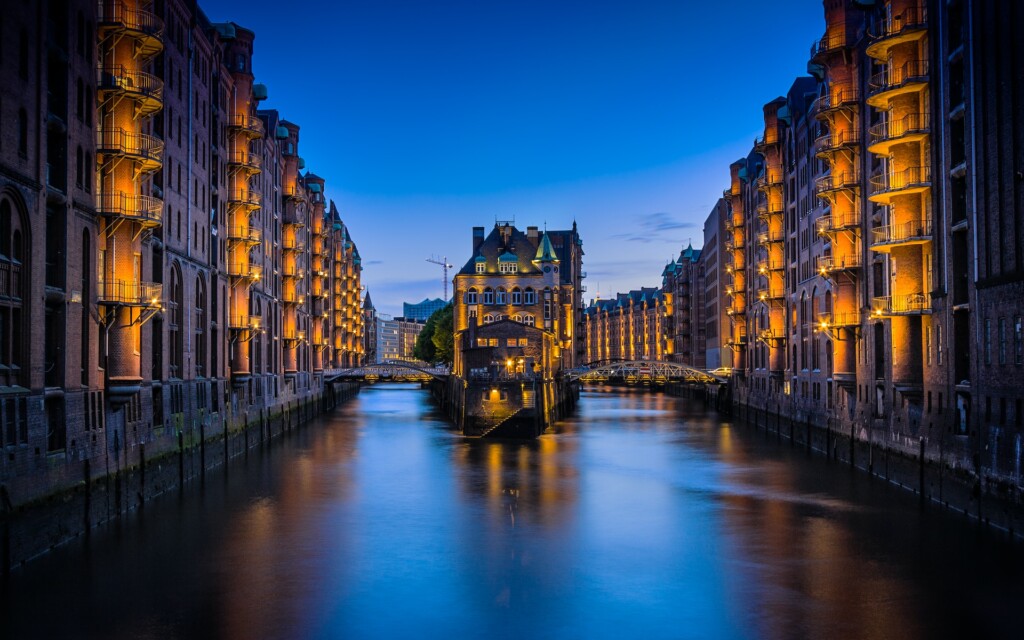
The crown stayed in the north of Europe in 2011, passing from Stockholm’s chiselled jaw to Hamburg’s rugged features. The so-called Gateway to the World was chosen because of its commitment to allying sustainable policies in a massive urban environment, focusing mainly on redevelopment and inward growth. HafenCity was arguably the centrepiece, an enormous city development project that took 388 hectares of industrial land and created an urban playground of shops, hotels and residential buildings. That doesn’t sound particularly green, but green doesn’t always mean literally the colour green.
2012 – Vitoria-Gasteiz, Spain

After two years in the north, the prestigious European Green Capital crown headed south in 2012 to Vitoria-Gasteiz, the capital of Spain’s Basque Country. As with the previous winners, the decision was based on good practices the city had been pushing, such as the regeneration of its green belt and commitment to creating new green urban areas. Much more of a focus on the literal green, but Vitoria-Gasteiz wasn’t content to win the crown and simply sit on the throne. In 2019, the city was proclaimed a Global Green City, an award bestowed upon it by the UN. It isn’t difficult to understand why, as you are never more than two minutes walk from a green zone here. Nearly 300 tree species are found across the city, making it a Mecca for Dendrophiles.
2013 – Nantes, France

The list of European Green Capitals is varied. Some are famously green places, while others are formerly industrial cities that have reinvented themselves against all the odds. 2013 winner Nantes is among the latter, and the French city’s impressive blossoming from a ship-building centre into a sustainability powerhouse attracted the decision-makers. The industrial past of Nantes wasn’t ignored, however; quite the opposite, as the magical Machines of the Isle of Nantes (Les Machines de l’île) showcased the history of machines in this fascinating place while doubling up as a creative hub and eco-district. A tour in the Great Elephant is an absolute must.
2014 – Copenhagen, Denmark

Let’s be honest; it would have been a shock of seismic proportions if Copenhagen wasn’t on the list. The Danish capital always comes up when discussing sustainable and innovative capital cities, and Copenhagen is at the forefront of all this business. One particularly delightful law states that since 2010, all newly constructed buildings must incorporate green roofs into their structures, and that gets a thumbs up from us. More than a quarter of Copenhagen’s urban area is green, with the city’s famous parkipelagos another creative quirk of this most creative quirky place. Copenhagen is a beacon of verdant light, a land of thoughtful public policies and clear priorities. If you look up European Green Capital in the dictionary, you’ll probably see a picture of Copenhagen sipping a craft beer and wearing a funky hat.
2015 – Bristol, England

Is Bristol the Copenhagen of England? Or is Copenhagen the Bristol of Denmark? Both of those are true, in all honesty. For all the creative innovation Copenhagen brings to Denmark, brilliant Brizzle does the same in England, from its Fair Trade focus to its status as Britain’s first Cycling City (and its second Gold Sustainable Food City). Throw in the Soil Association, the BBC Natural History Unit, Sustrans (the sustainability charity behind the UK National Cycle Network) and much more, and you’ve got a green city worth celebrating. This is useful, as Bristol was recently revealed as the UK’s booziest city…
2016 – Ljubljana, Slovenia
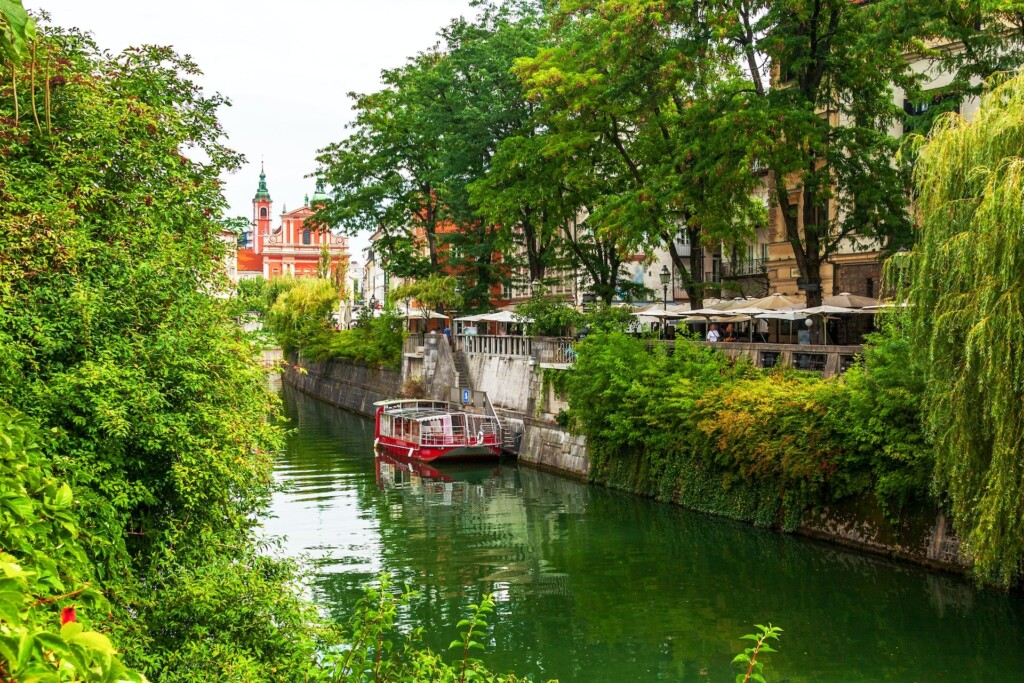
Okay, we’re a little biased as Ljubljana is a home base for us, but the Slovene capital was born for this award. Ljubljana has been front and centre of green initiatives in recent decades, transforming its old centre into a pedestrian-only zone to celebrate. Sure, it hasn’t all been perfect, but Ljubljana is a city that makes the most of all it has. Few cities have embraced the title and concept as enthusiastically as darling Ljubljana, which takes its reputation as a ‘city built on a human scale’ very seriously. If you haven’t spent a day hiking into the hills surrounding the city, have you really been to Ljubljana? (Yes, of course, but you should get into the hills pronto).
2017 – Essen, Germany
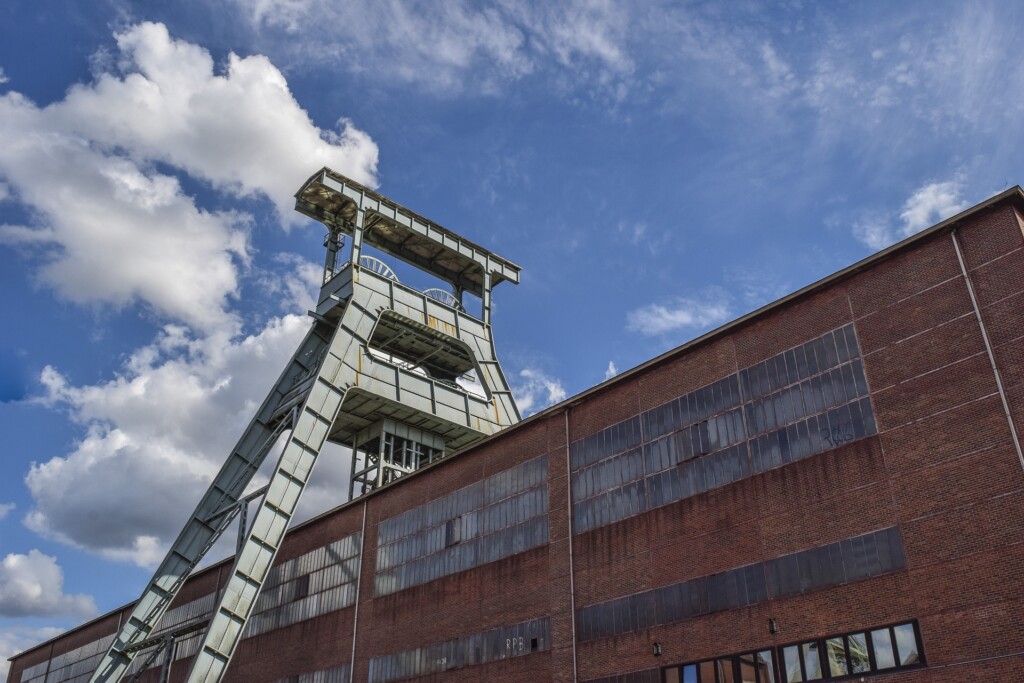
With over 3,100 hectares of green areas, Essen is the very essence of what it means to be a European Green Capital. No, we will not apologise for that. If this was about Nice, we’d say it was a very nice place. If it was about Lyon, we’d be lying if we said we’d avoid the puns. Without them, what are we? Essen is a city where green living is essential to daily life. It is the third-greenest city in Germany and was the second to wear the European Green Capital crown. Many similarly sized cities (a population of around 550,00) can learn many lessons from Essen. Or lessens. Okay, we apologise for that one…
2018 – Nijmegen, Netherlands

Nijmegen became the first Dutch European Green Capital when it was honoured in 2018. The oldest city in the Netherlands, Nijmegen was given the award on the back of a strong city-wide push for sustainability, from old-timers to young bucks, and the city’s investment in clean energy, smart mobility and sustainable business practices really paid off. 2018 was Nijmegen’s first bite at the cherry, losing out to Copenhagen (2014) and Bristol (2015), before staging a major play at the award ceremony in Ljubljana (2016), eventually getting its day in the sun. But all those cycling lanes, waste separation units, wind turbines and other policies aren’t just for awards; they are for everyone in Nijmegen.
2019 – Oslo, Norway

The European Green Capital award roadshow went to Oslo in 2019, and the people of Norway’s capital greeted the gong with shock and disbelief. Not because Oslo was the recipient but because it took so long for the city to be recognised. For decades, Oslo has been at the forefront of climate-friendly policy and green development through the widespread use of renewable energy and its impressive reduction of emissions. The Norwegian capital is packed with farm-to-table restaurants, sustainable neighbourhoods and magnificent museums that are aware of their carbon footprint. We can’t afford to eat in the restaurants, but maybe that is on us.
2020 – Lisbon, Portugal
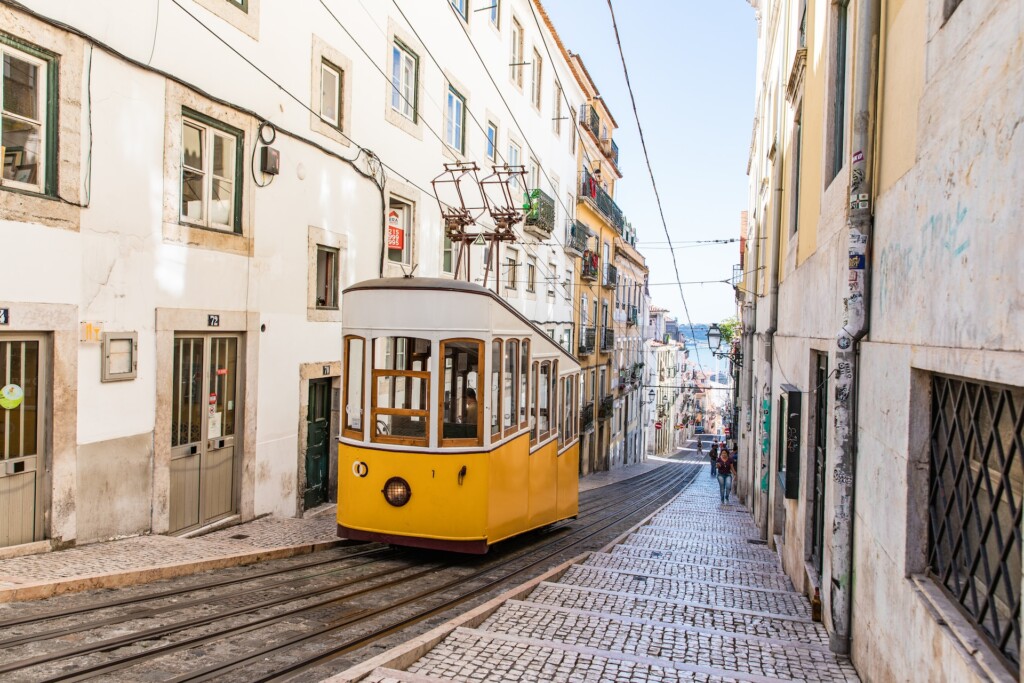
Ask our most handsome writer about Lisbon, and the Welsh boy will invariably say something along the lines of “when I worked at a hostel in Mostar, Lisbon seemed to win all the awards.” Does Lisbon win all of the awards? Long story short, yes. Yes, it does. In 2020, it won the European Green Capital award, another string to its sustainable bow. In 2016, Lisbon was the first European capital to sign the New Covenant of Mayors for Climate and Energy, the same year the city achieved its 2030 goal of reducing carbon emissions by 40%. The Rue de Silva (the city’s Green Street) is an excellent example of Lisbon’s transformation, a serene street lined with plants, flowers and joy.
2021 – Lahti, Finland
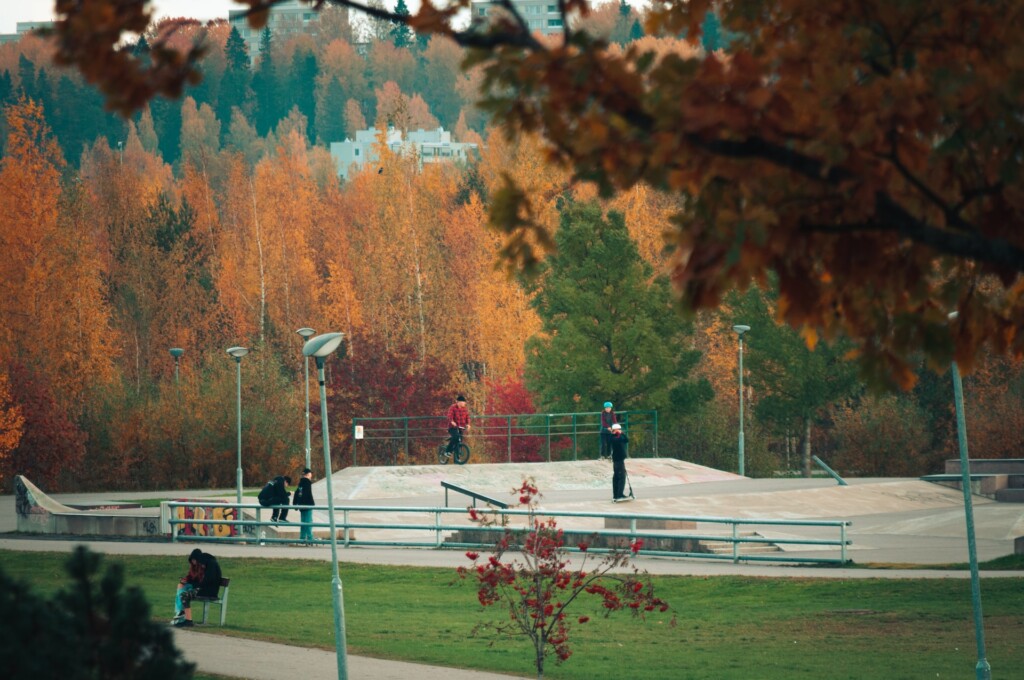
In 2021, lovely Lahti became the first Finnish city to receive the award, capping a remarkable transformation for the city. In many ways, Lahti’s story closely mirrors that of the country, where 20th-century industry has given way to innovation and forward-thinking decisions. Lahti was known as the Chicago of Finland, not because of the wind but because of the abundance of factories and (in particular) slaughterhouses. Enough was enough, and the last few decades have seen Lahti escape the cocoon of clog to become a blossoming butterfly of brilliance. Yes, alliteration, we love it. In 2015, Lahti established the world’s first carbon-neutral symphony orchestra, and the city is aiming for carbon-neutral status by 2025.
2022 – Grenoble
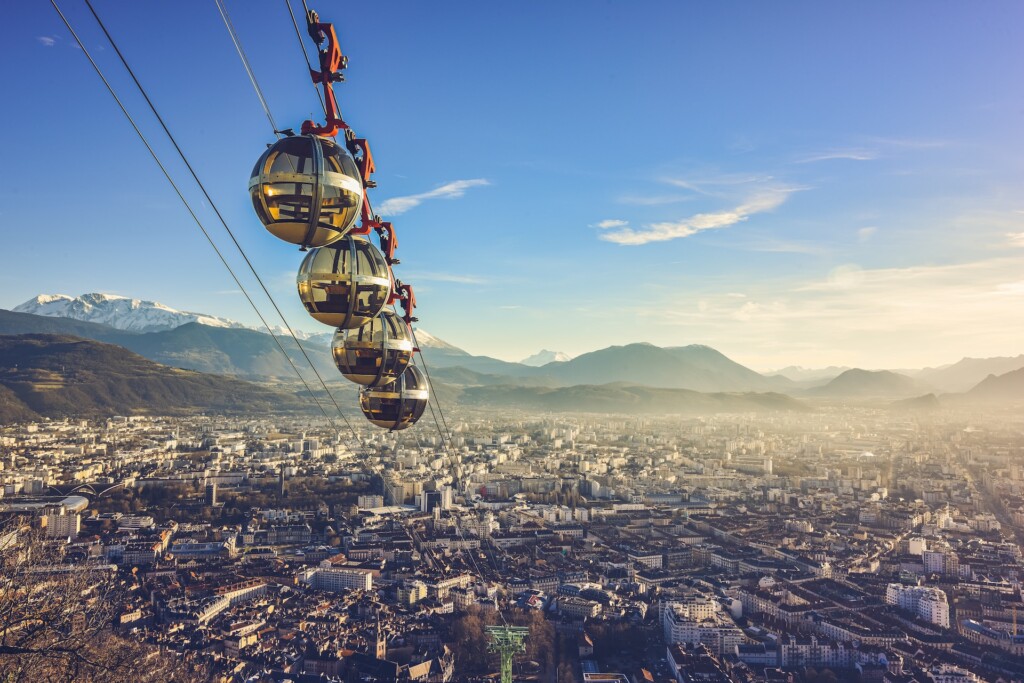
Nearly a decade after Nantes took home the championship (is that how it works?), Grenoble became France’s second European Green Capital. A deserved gong, to say the least, as the Alpine capital was the first city in France to adopt a climate plan to clean up some of the mess our species has created. Easier said than done, of course, but you can’t fault Grenoble for effort. The city implemented a 30m/ph limit in 2016, making Grenoble a pedestrian-friendly place no matter where in town you find yourself. All that Alpine air now flows freely through the lungs of its people.
2023 – Tallinn, Estonia
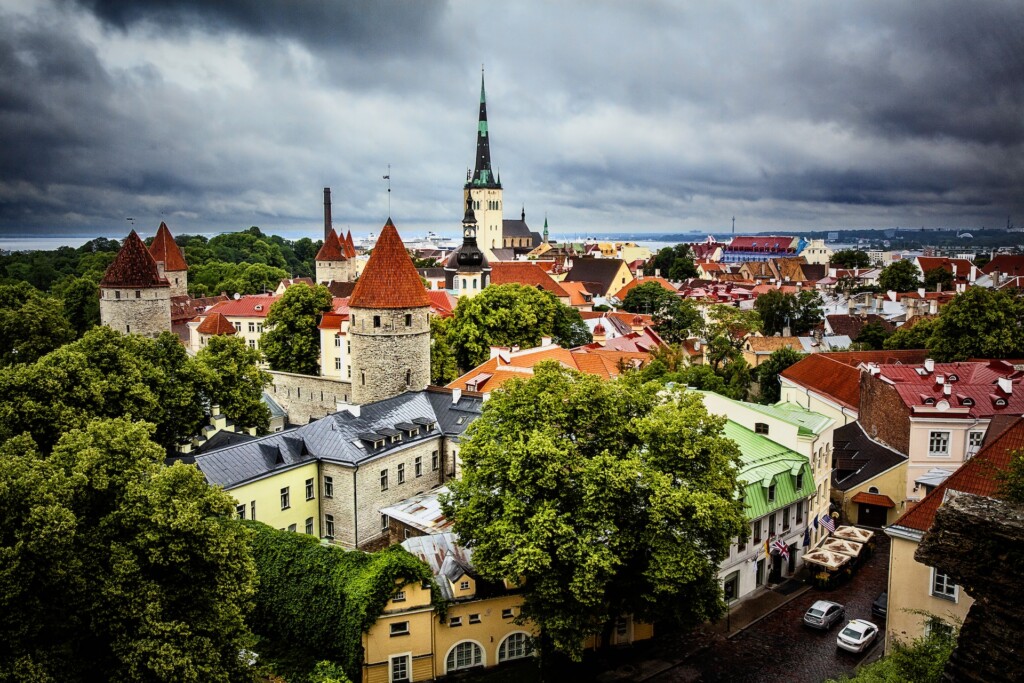
Did it really take this long for Tallinn to win the award? Honestly, we are shocked. The current and reigning European Green Capital champion, Tallinn is a gorgeous city that isn’t afraid to take risks, although by risks, we mean ‘declaring access to the internet to be a human right’. The Estonian capital is undergoing a green makeover this year, with concrete being transformed from grey to green, making an already sparkling city even more delightful. Tallinn’s winning bid was built around eco-innovation and biodiversity. We’ll check back in next year to see how the year went.
2024 – Valencia, Spain
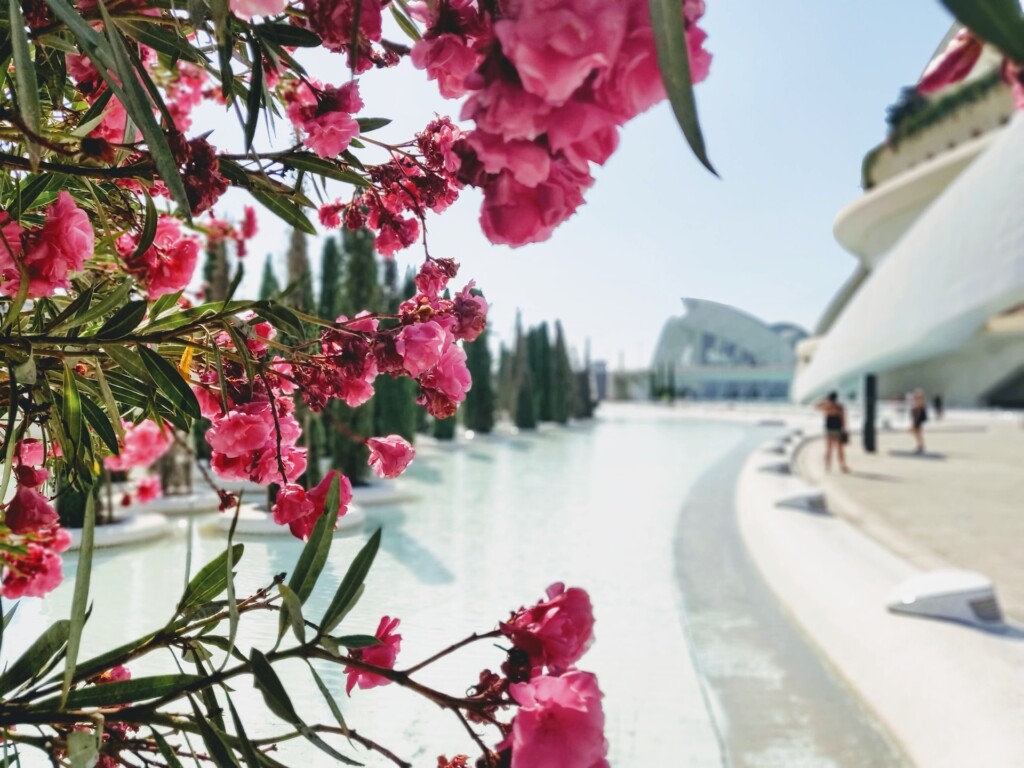
The official IYP Crystal Ball has been dusted off, and we have peered into the future to see how next year’s European Green Capital has fared. Valencia is gearing up for its year in the sun, just reward for years of eco-friendly developments and innovation. At the centre of it all? That will be the Huelta, 120 square kilometres of fruit and vegetable farms that light up the menus of the city’s restaurants. The city is also surrounded by two natural parks, which helps in this business. Was it a success? We didn’t say the crystal ball worked, so we must wait and see.



Comments
0 comments